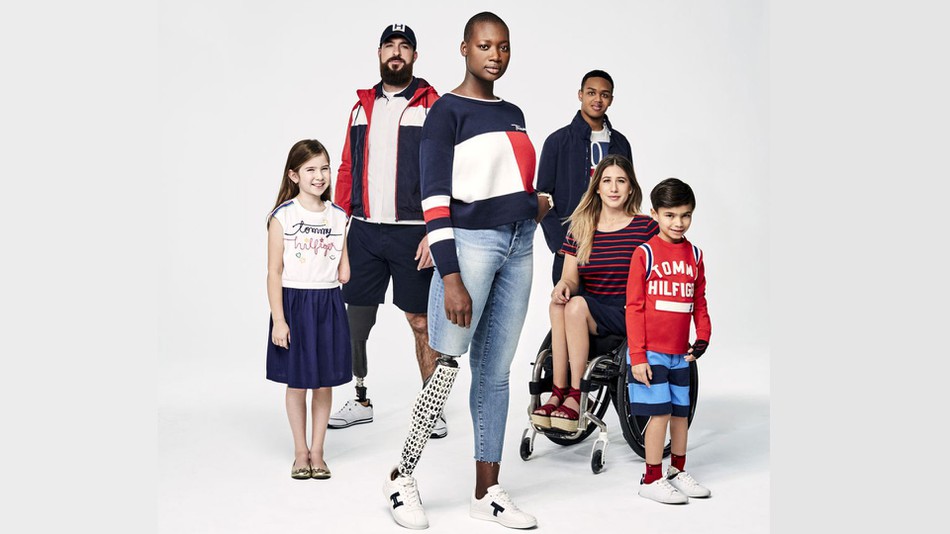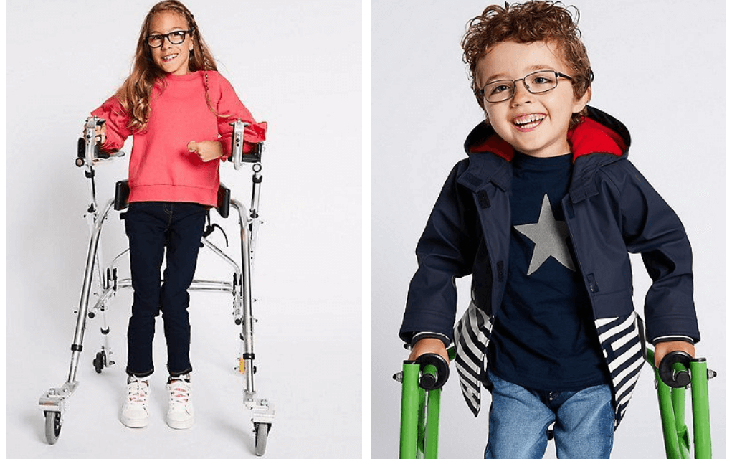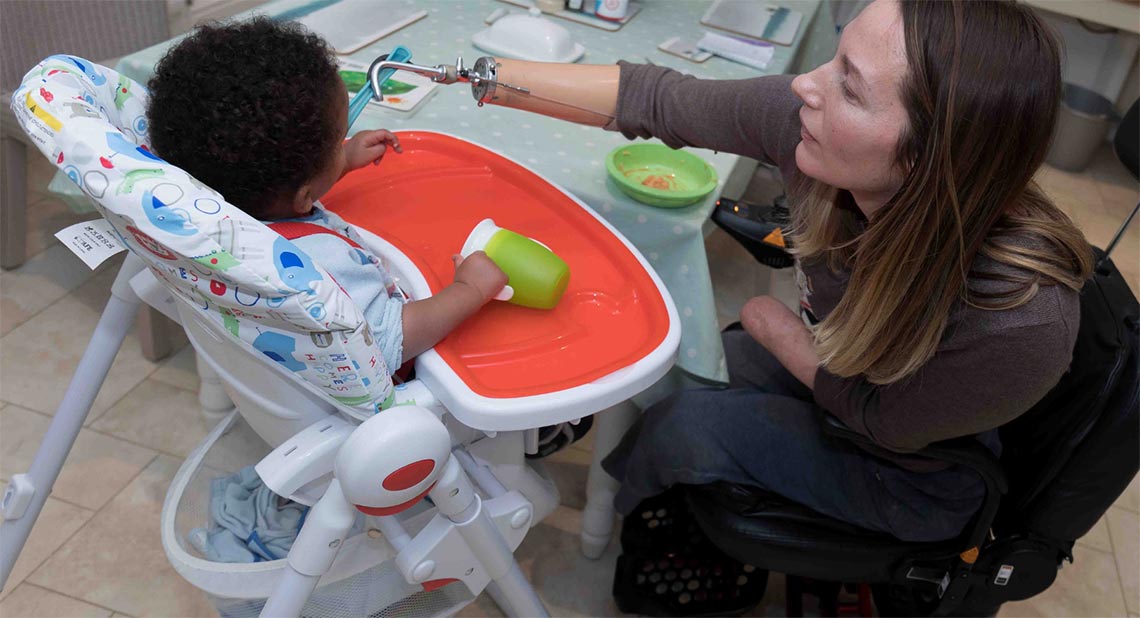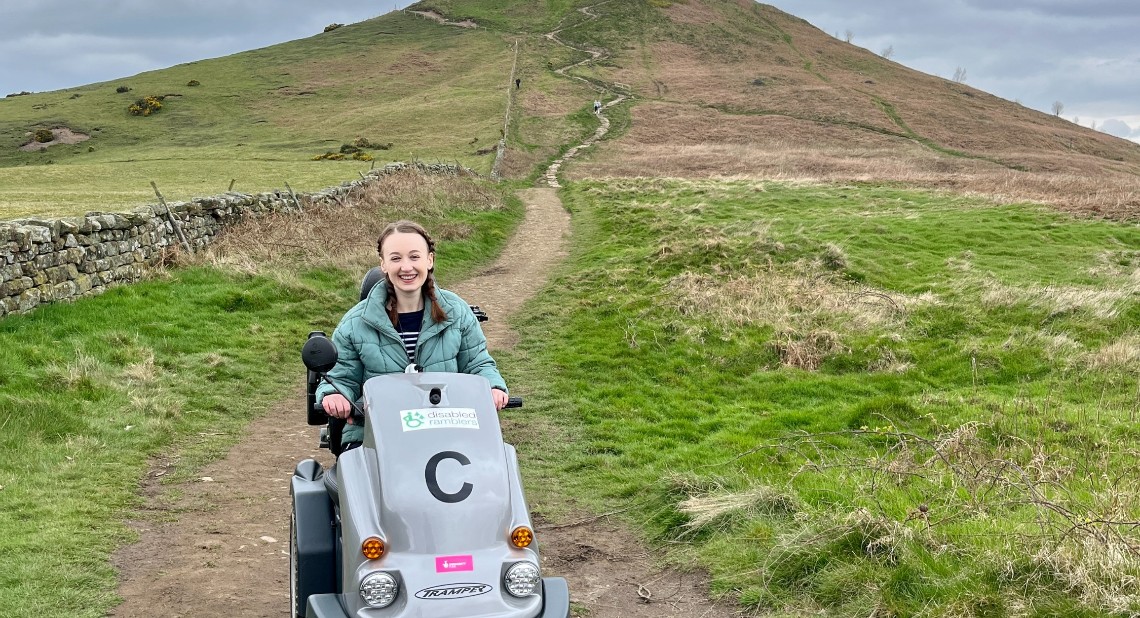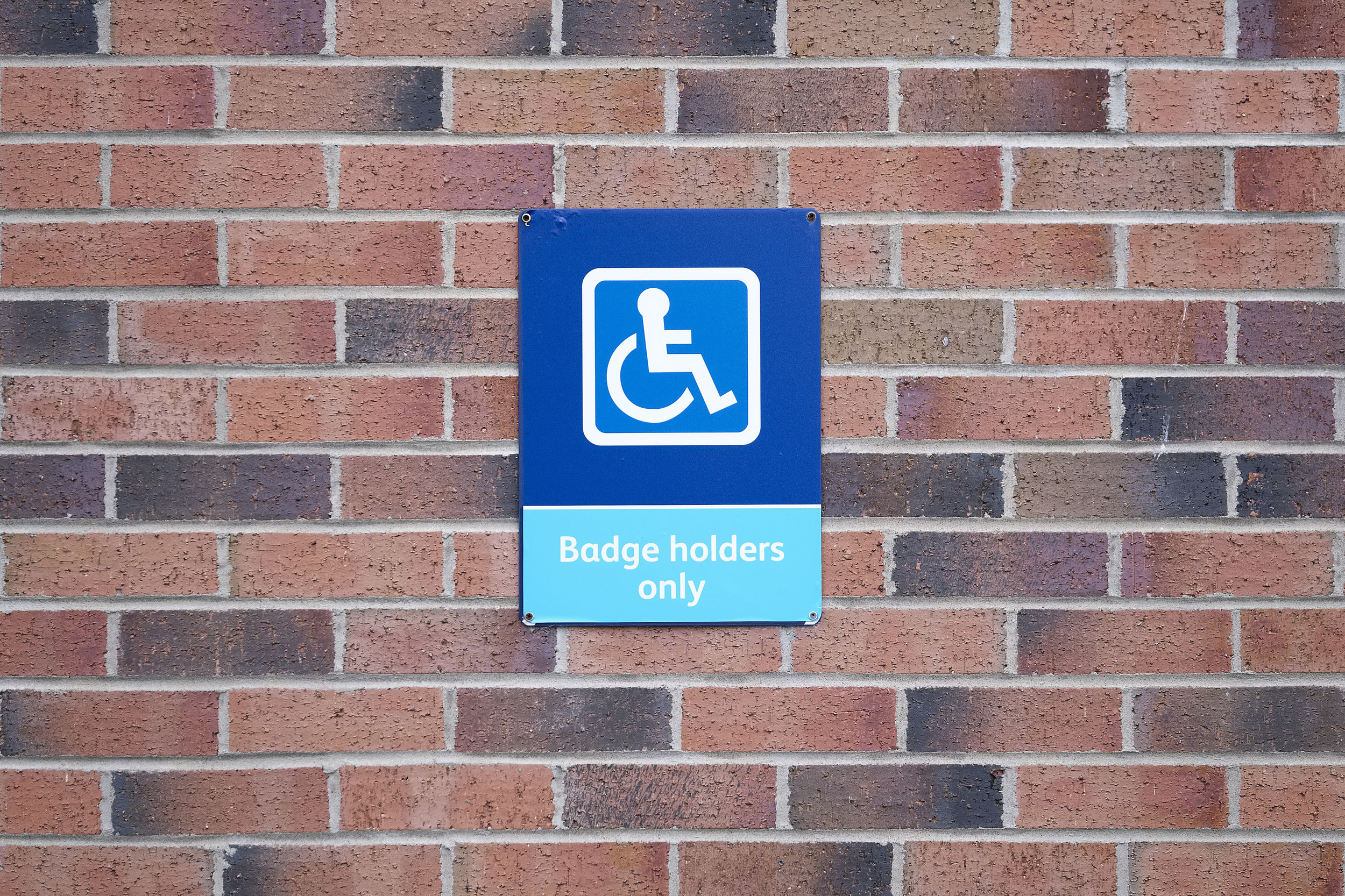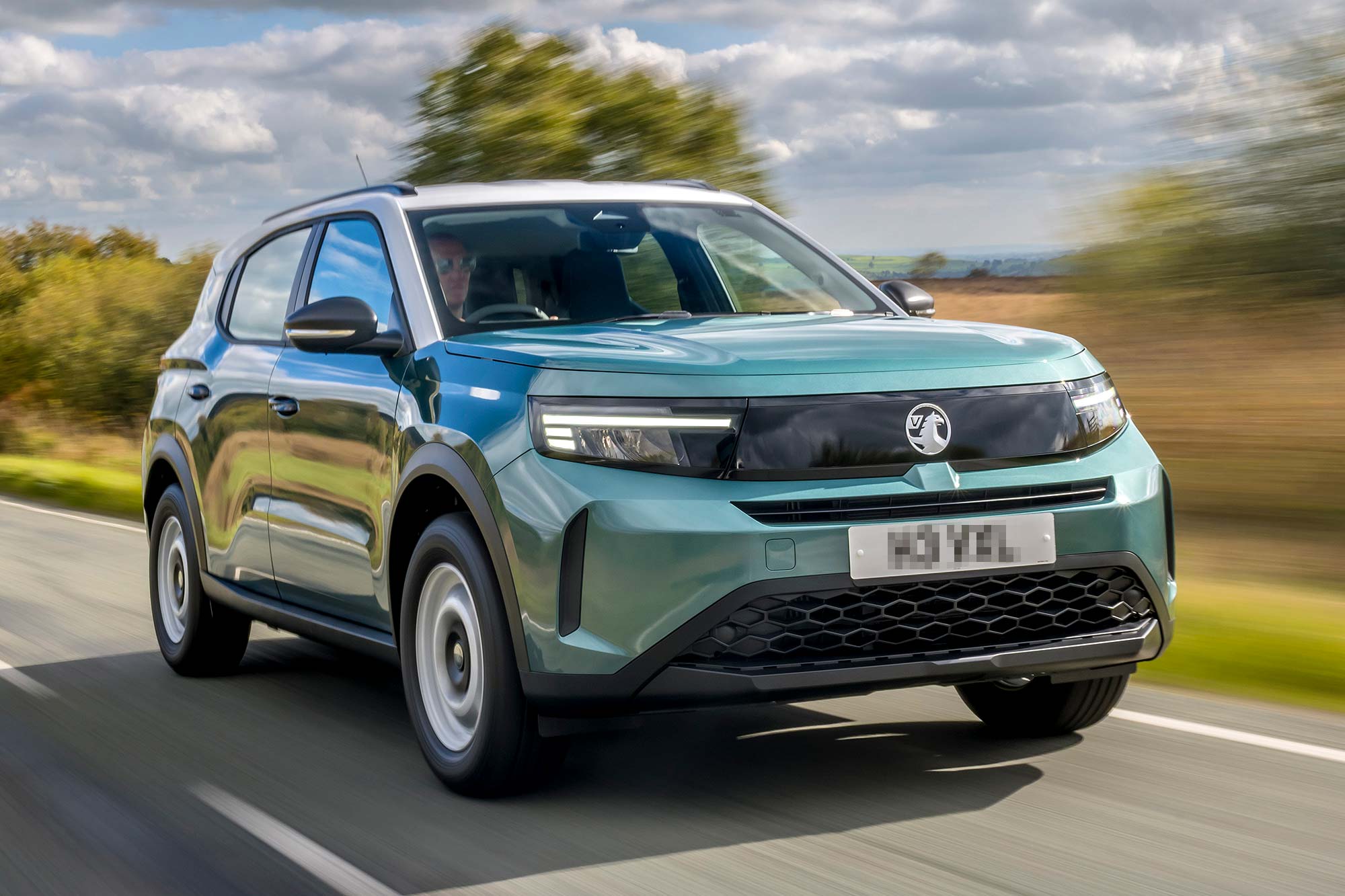Independent mobility consultant Helen Dolphin became disabled aged 22, after her limbs were amputated due to meningococcal septicaemia. When Helen first became disabled she ‘lived in tracksuit bottoms’ as these were the only trousers she could put on unaided. Nowadays, the fashion industry is starting to address the needs of disabled consumers with new adaptive clothing ranges. In this article, Helen explores the mainstream retailers who have created clothing lines with disabled people in mind.
When I first became disabled, I pretty much lived in tracksuit bottoms. This wasn’t because I particularly liked them, they were the only trousers I could put on myself as I found buttons and zips pretty much impossible. However, as soon as I went back to work, I needed a slightly more sophisticated look than a baggy tracksuit and so I needed to find a way to wear clothes with fastenings. Fortunately, my mum is pretty nifty with a sewing needle and by adding large rings to zips and replacing buttons with hooks and eyes or Velcro I was suddenly able to wear a greater variety of outfits.
Although there are companies who design clothes specifically for wheelchair users, I have never found these clothes much use for me, as when I get out of my wheelchair, they can look a little odd, as the clothes are generally designed for people who only ever sit. However, it seems that some main stream stores have finally realised that bringing out clothing ranges for people with disabilities is a good idea and recently Marks and Spencer’s (M&S) became the first high street retailer to launch daywear for children with sensory and physical disabilities.
This clothing range from M&S is called “easy dressing” and is designed to make getting dressed less stressful for children and their parents. The clothing range, which is modelled by children with disabilities such as Down’s syndrome, cerebral palsy and hip dysplasia, includes clothes made with extra space for casts as well as ones with discreet pockets for feeding tubes. Many of the clothes have been made in soft materials, with as few seams as possible and hidden care labels so that they won’t irritate sensitive skin. As someone who loves a bit of glitter, I was pleased to see that M&S has even managed to find some non-scratchy sequins.
© Marks and Spencer
Looking at the M&S Facebook page, many parents have written positive comments about the clothes. As a disabled parent I will also be investigating this range to see if there are any clothes that will help me dress my son a bit more easily. Although M&S is more expensive than supermarket clothing ranges and some other budget high street brands, they have tried to ensure this range is no more expensive than their other children’s clothes. I am hopeful that M&S expand this line to include “easy dressing” ranges for adults too.
While M&S has received many compliments for “leading the way” towards more inclusive fashion, they were not the first mainstream brand to open its eyes to the needs of disabled people.
In 2017 Tommy Hilfiger launched a collection of adaptive clothing in the US. This followed their launch of an adaptive clothing range for children in 2016. Their clothes feature adaptations such as magnetic buttons, adjustable hems (to open larger at the leg), easy-open necklines, adjustable waists and one-handed zips. Looking at the trousers, the way they have been designed to open looks almost identical to what my mum does for me, as a piece of Velcro has been inserted behind the button. This range will go on sale in the UK sometime this year.
Last summer, the online retailer Asos launched a wheelchair-friendly tye-dye jumpsuit, which was designed with the festival season in mind. It had rave reviews on social media so hopefully Asos will look to extend their range for disabled shoppers.
In 2015, Nike launched its FlyEase shoes which were targeting at disabled people who found tying and untying shoelaces difficult. These shoes were developed after an American high-school student with cerebral palsy, wrote a letter to the company explaining how he had worn Nike basketball shoes all his life as they gave him the ankle support he needed but he had to get someone else to tie his shoelaces. The result of his letter was the FlyEase shoes.
Little by little, it seems that clothing brands are realising that not everybody fits into standard clothes and with a bit of thought and imagination they have access to previously untapped markets. From my own point of view, the ability to buy something off the peg, which actually meets my needs, is really quite exciting. Although most of the brands currently producing adaptive ranges tend to be more expensive, I’m hopeful that the supermarkets and more budget friendly brands will soon follow suit.
Related Articles
My experience of parenting with restricted mobility
How to use shopping vouchers for fun family days out
My Motability Scheme experience
Image Credits
Header Image: Tommy Adaptive © Tommy Hilfiger® (www.tommy.com/en/tommy-adaptive)
Easy Dressing range © Marks and Spencer (www.marksandspencer.com)
![]()
